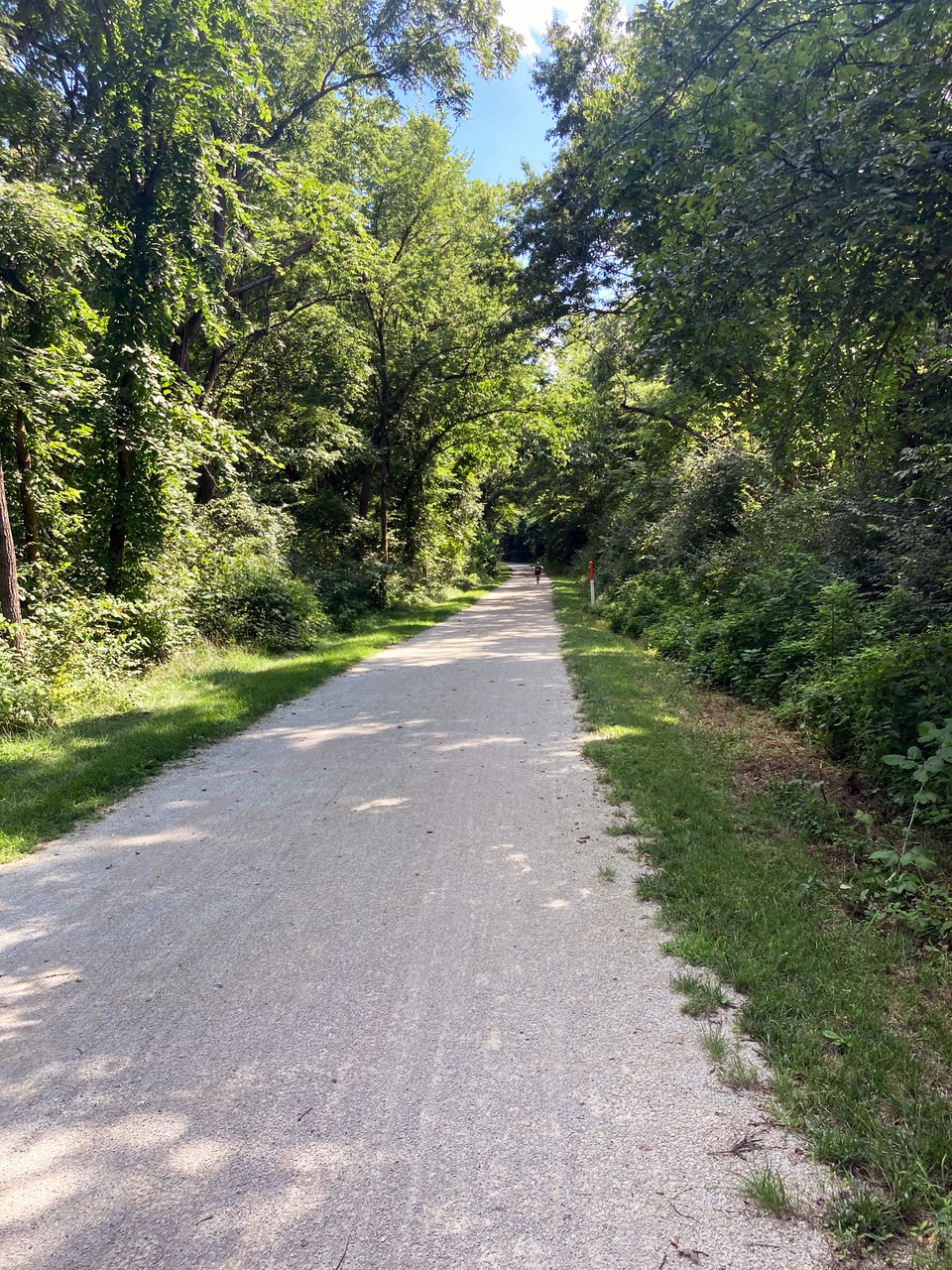Springfield, MO, changed the streambed of South Creek back to a more natural state for cleaner water, better habitat, and a prettier walking trail.
Examples of Community Conservation
Communities that integrate conservation into their agenda do so at large and small scales. They consider soil, topography, vegetation, wildlife, and water systems when making development decisions. The results may range from preserving community forests to promoting the use of native plants around businesses to implementing standards for green and bird-safe buildings.
Here are a few examples of community conservation in our region.
Springfield, MO — Urban streams are resurrected.
In years past both Jordan Creek and South Creek were considered problematic and were redirected underground through concrete tunnels that proved too small for adequate drainage. The city returned Jordan Creek to a more natural state in 2006 and South Creek in 2015.
Benefits:
- Better drainage with 100-year flood capacity
- Improved water quality
- Natural habitat for wildlife
- Natural stream environment for people to enjoy
- New greenway walking paths along a beautiful stream
Jordan Creek before restoration. Photo credit: City of Springfield
Jordan Creek after restoration. Photo credit: Zach Young
Kansas City, MO — MetroGreen Action Plan is implemented.
This ten-year plan for a metropolitan trails system that spans seven counties was achieved through the cooperation of local governments, private interests, and residents working together toward a shared vision.
Benefits:
- Creates 1,144 miles of trails and bike paths for outdoor recreation
- Connects city to suburbs and surrounding countryside
- Provides easy access to nature
- Preserves the region’s native landscapes
- Bridges land development and land stewardship

Missouri — MoDOT follows a roadside vegetation management program.
The Missouri Department of Transportation mows, plants, and maintains vegetation along roads to “preserve, enhance and diversify the roadsides” in our state. A variety of practices are followed, including removing litter, controlling brush and noxious weeds, and, where practical, planting native wildflowers and grasses.
Benefits:
- Keeps drivers safe by ensuring vegetation doesn't cause blind spots
- Reduces runoff and erosion
- Reduces snow drifts and winter glare
- Provides wildlife and pollinator habitat
- Beautifies the landscape
Do you have a vision for bringing more nature into your area? Contact your local community conservation planner for guidance and assistance.
Learn how St. Louis is using green infrastructure for stormwater drainage and involving the city's residents.
Learn how Kansas City is combining its green infrastructure with a jobs program.
Fort Collins, Colorado, has implemented its "Nature in the City" program to ensure that all residents are no more than a 10-minute walk from nature.





















